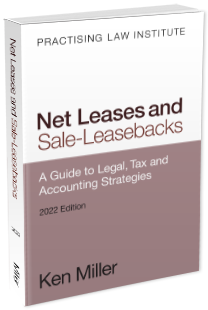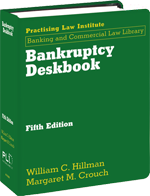
Corporate Legal Departments: Practicing Law in a Corporation provides invaluable guidance on a wide range of responsibilities and dilemmas in-house attorneys face. It advises on matters such as detecting and preventing internal legal problems, developing corporate business plans, pursuing new business opportunities, using cost-effective litigation strategies, and managing corporate crises. The treatise features a unique In-House Counsel’s Handbook covering some of the key areas of corporate law and compliance.
Highlights from this expanded and updated release include:
- Technology management: A new section discusses the role technology plays in promoting remote communications, data privacy, and cyber security, especially in the COVID-19 era, and whether current technology fully supports legal entity management (see section 6:4).
- Organization: A new section illustrates four types of reporting lines that are critical for promoting communication and transparency between the general counsel and the chief executive officer as well as the board of directors (see section 2:8).
- Privileged communications: A memo from the Department of Justice in a recent case involving Google explains the need to properly educate in-house counsel and nonlawyer employees on the practice of copying counsel on requests for legal advice where no advice is requested in order to shield business advice in the cloak of legal advice offered by counsel (see revisions in sections 12:1 and 14:15.11).
- In-House Counsel’s Handbook: This release includes extensive updates to Appendix A, which is designed to help in-house lawyers understand pertinent points in key areas of their practice.
The Index has also been updated for this release.
Order a print copy today.
PLI PLUS subscribers can access this title through their subscription.





